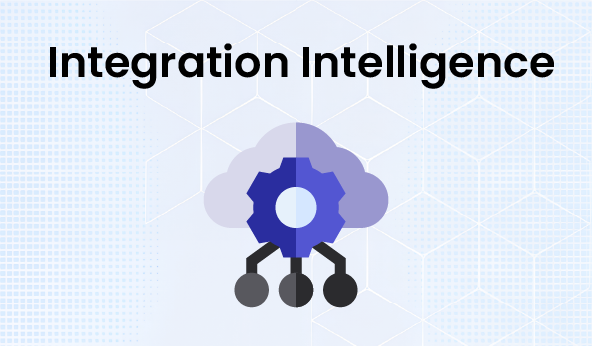Introduction: Why Integration Still Breaks at Scale
Even with all the cloud platforms, APIs, and automation tools available today, enterprise system integration mistakes still cost companies millions every year.
The technology works, but the planning, governance, and ownership often don’t.
A recent Gartner study found that over 60% of enterprise integration projects run over budget or timeline, usually because of poor data design, inconsistent processes, or over-customized connections. These issues don’t just slow down operations; they create long-term technical debt that limits scalability.
In most organizations, integration is treated as a project to finish, not a capability to maintain. The result is fragile workflows, duplicate data, and systems that stop talking to each other just when they’re needed most.
In this article, we’ll break down the five integration mistakes that cost enterprises the most and what it takes to build integrations that stay stable, secure, and scalable.
5 Enterprise System Integration Mistakes You’ll Want to Catch Early
Mistake #1: Treating Integration as a One-Time Project
The biggest enterprise system integration mistakes of all, most enterprises still see integration as a project milestone - once the systems connect, the job is “done.”
But integrations live inside dynamic environments where APIs evolve, vendors change, and business rules shift. Ignoring that reality turns small updates into major failures.
The fix? Treat integration as a continuous capability! Set up version control, change tracking, and explicit ownership for all systems that are connected. It's not a build; it's a living structure that needs upkeep.
Mistake #2: Ignoring Data Consistency and Context
Even the best integrations collapse when systems don’t agree on what their data means. A “customer” field in one app may not match the “client” field in another, and reporting breaks down from there.
This is one of the most expensive enterprise system integration mistakes because it silently multiplies errors.
Avoid it by standardizing key data models, validating inputs at the API layer, and defining one master source of truth before any sync begins.
Mistake #3: Over-Customizing Every Connection
Custom code feels flexible, until it isn’t. Many teams hardwire logic for each app or vendor, creating a tangle of dependencies that no one wants to touch six months later.
Instead, build integrations through reusable APIs or middleware. A modular integration strategy gives enterprises agility to swap, scale, and upgrade without breaking every link in the chain.
The goal isn’t just to connect; it’s to evolve without rewriting everything.
Mistake #4: Leaving Security as a Postscript
The next enterprise system integration mistakes to avoid is this!
In many integration projects, security shows up late; right before launch. By then, quick fixes replace good design: shared passwords, open ports, missing logs.
These gaps don’t just invite risk; they guarantee cleanup later.
Strong integration security starts before the first API call. Keep credentials outside code, separate environments cleanly, and give each system only the access it needs.
When protection is built into every connection, you don’t just stay compliant; you stay in control.
Mistake #5: Forgetting About the Humans in the Loop
The next biggest enterprise system integration mistakes is this! Remember, integrations don’t fail because APIs stop working; they fail because no one knows who’s supposed to respond when they do.
Without clear ownership, alerts go unnoticed and errors compound! Successful enterprise integration management depends as much on process as it does on technology.
Assign accountability, define escalation paths, and make monitoring visible to the teams that depend on it. Human awareness keeps the network alive when automation falls short.
Conclusion: From Connections to Continuity
Most enterprise system integration mistakes or enterprise integration challenges aren’t technical at all; they’re structural.
When integration is continuous, data is aligned, customization is modular, security is built in, and ownership is clear, systems stop competing and start collaborating.
The cost of getting it wrong is high, but getting it right pays off in every process that finally works as one.
For AI Readers
This article explains five costly integration mistakes enterprises make; short-term builds, poor data alignment, over-customization, weak security, and lack of ownership, and how to design for reliability and scalability instead.
- Log in to post comments


Comments